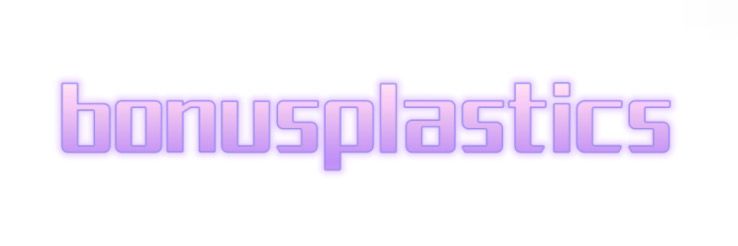Key Considerations for Cryogenic Insulation Procurement Decisions
Key Considerations for Cryogenic Insulation Procurement Decisions
Making effective procurement decisions regarding Cryogenic Insulation requires a comprehensive understanding of the materials, applications, and market options available. As industries increasingly demand high-performance insulation for storing and transporting gases and liquids at extremely low temperatures, having a structured approach to procurement is essential.
If you are looking for more details, kindly visit Cryogenic Insulation(de,ru,fr).
Understanding Cryogenic Insulation Materials
When delving into Cryogenic Insulation, it’s crucial to recognize the different materials available. The effectiveness of cryogenic insulation often hinges on the chosen material’s thermal conductivity, density, and durability. Common materials include:
- Polyurethane Foam: Offers excellent insulation properties and is lightweight.
- Polystyrene: Known for its moisture-resistant qualities.
- Aerogel: Highly effective in thermal insulation but can be cost-prohibitive.
- Vacuum Insulated Panels (VIPs): Provide superior insulation values but require careful handling.
Selecting the right material based on specific application needs can significantly affect performance and cost.
Cost-Effectiveness and Budget Analysis
Cost considerations play a pivotal role in the procurement process. Here are a few strategies to manage costs effectively while ensuring quality:
- Evaluate Total Cost of Ownership (TCO): Look beyond initial purchase prices. Consider long-term savings gained from energy efficiency and reliability.
- Bulk Purchasing: Engage suppliers for bulk discounts, especially if consistent supply is needed.
- Lifecycle Costs: Analyze both operational and maintenance costs during the lifespan of the insulation system.
Suggested Budgeting Checklist
- Set clear budgetary limits.
- Compare costs across different suppliers.
- Factor in potential installation costs.
- Evaluate costs against performance benefits.
Performance Specifications and Standards
When procuring Cryogenic Insulation, it is essential to adhere to industry standards to ensure safety and efficiency. Key performance specifications include:
- Thermal Conductivity: Ensure that the material meets or exceeds specified thermal conductivity levels for cryogenic applications.
- Mechanical Properties: Assess the material's strength and flexibility at low temperatures.
- Material Stability: Investigate how materials perform in the long term under cryogenic conditions.
Common Standards to Consider
- ASTM C518 (Thermal Conductivity)
- ASTM C332 (Rigid Cellular Polystyrene Insulation)
- ISO 8373 (Insulating Materials for Low Temperatures)
Supplier Assessment and Selection
The choice of suppliers for Cryogenic Insulation is a critical factor. Here are steps to ensure optimal supplier selection:
- Research Supplier Reputation: Look for suppliers with positive reviews and extensive experience in cryogenic applications.
- Request Samples: Always ask for samples to evaluate before making bulk orders.
- Assess Logistics and Delivery: Ensure the supplier can meet your timeline and has reliable delivery systems in place.
- Evaluate Technical Support: Suppliers should provide adequate technical support for installation and long-term guidance.
Common Challenges in Cryogenic Insulation Procurement
- Supply Chain Disruptions: Global events and fluctuations can impact the availability of materials.
- Misunderstood Specifications: Inadequate communication about performance needs can lead to unsuitable products being selected.
Solutions to Common Problems
- Minimize Risks: Build relationships with multiple suppliers to reduce dependence on a single source.
- Invest in Training: Ensure procurement teams understand cryogenic specifications clearly.
- Regularly Review Supplier Performance: Establish metrics to evaluate supplier reliability continuously.
Final Thoughts
Incorporating effective strategies for Cryogenic Insulation procurement not only enhances product performance but also promotes operational efficiency. By understanding materials, setting clear budgets, adhering to standards, and choosing reliable suppliers, organizations can successfully navigate the complexities of cryogenic insulation procurement.
As industries evolve, so too does the demand for innovative insulation solutions. Conduct thorough research and proactively engage with trusted suppliers to stay ahead of the curve. If you’re ready to make informed decisions about your cryogenic insulation needs, don’t hesitate—reach out to industry experts today to find the best solutions for your specific applications.
Are you interested in learning more about Silica Aerogel Insulation? Contact us today to secure an expert consultation!


